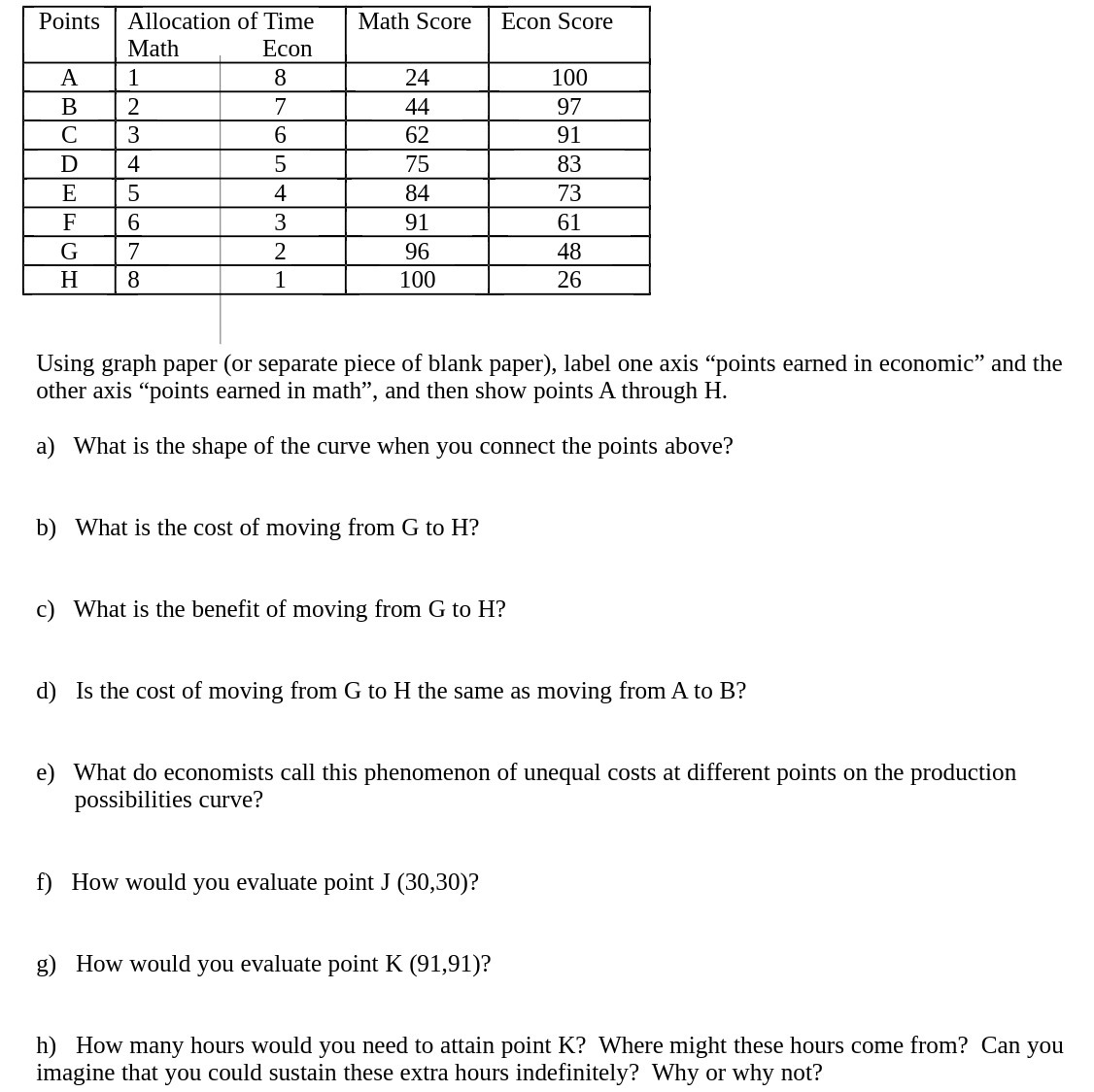Answered step by step
Verified Expert Solution
Question
1 Approved Answer
Points Allocation of Time Math Score Econ Score Math Econ A 1 8 24 100 B 2 44 97 C 3 6 62 91 D

Step by Step Solution
There are 3 Steps involved in it
Step: 1

Get Instant Access to Expert-Tailored Solutions
See step-by-step solutions with expert insights and AI powered tools for academic success
Step: 2

Step: 3

Ace Your Homework with AI
Get the answers you need in no time with our AI-driven, step-by-step assistance
Get Started


